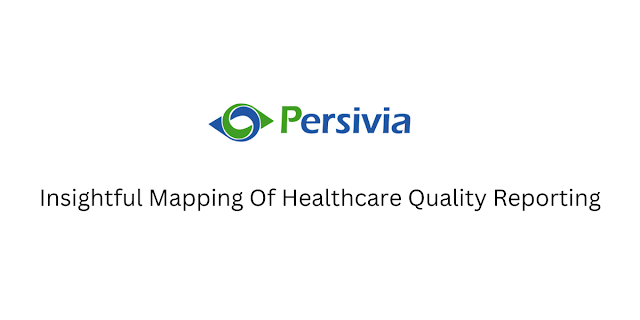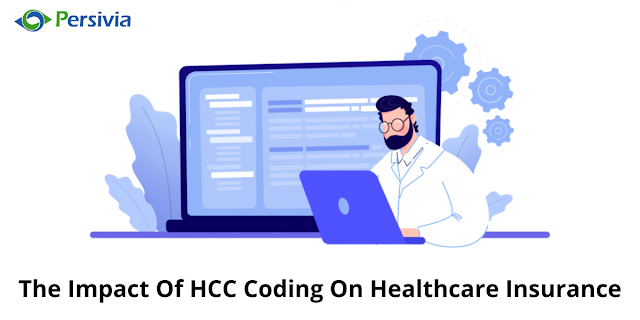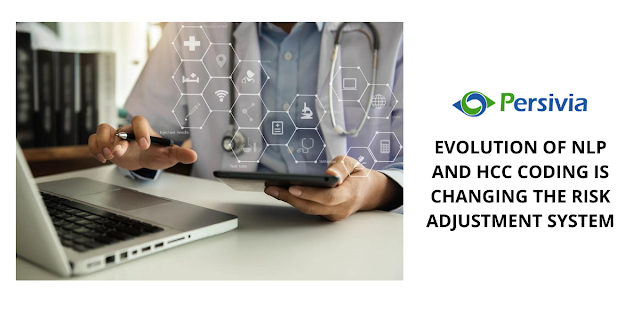Insightful Mapping Of Healthcare Quality Reporting

Measurement in healthcare is a requisite tool for keeping track of progress and helps navigate the route leading to improvement. When the measurement of public reporting is required, the efficacy of measuring processes is constrained without meaningful management and coordination. The billing and administration system in healthcare is responsible for eliciting the metrics used in Quality Reporting . For driving the elements that might be useful in improving these metrics, there is a need to uproot strength from current clinical improvements. A Quality Reporting Program is designed to assess the quality of care provided to patients, ensuring that patients get the proper care at the right time. On the one hand, with the help of quality reporting, providers can evaluate how often they meet a particular quality metric. While on the other hand, public reporting helps patients choose the right place to receive care. Quality Reporting in healthcare has a positive impact, as it gives a pic


